There is something truly satisfying about sitting down to enjoy a perfectly seasoned steak. The aroma, the sizzle, and the flavor all come together to create an experience that feels indulgent and memorable. However, achieving that level of taste is not always as simple as sprinkling a little salt and pepper. Many home cooks unknowingly make mistakes in how they season their steaks, which can affect not only the flavor but also the texture and overall enjoyment of the meal. The good news is that these mistakes are easy to fix once you know what to look out for.
1. Not Using Enough Salt
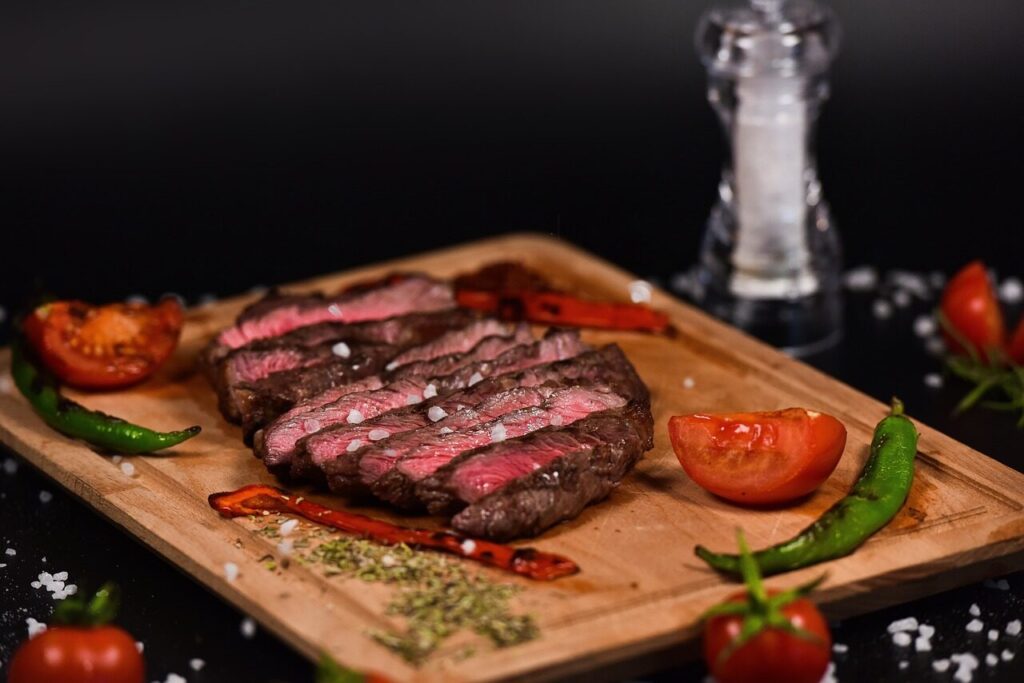
One of the most common mistakes when seasoning steak is not adding enough salt. Salt is what enhances the natural flavors of the meat and helps build that savory, mouthwatering taste people love in a steak. If you under-season, the steak can taste flat, even if it is a high-quality cut. The key is to season generously and evenly, allowing the salt to work into the surface of the steak so that every bite has flavor. A well-salted steak will taste more balanced, juicy, and satisfying.
2. Salting at the Wrong Time
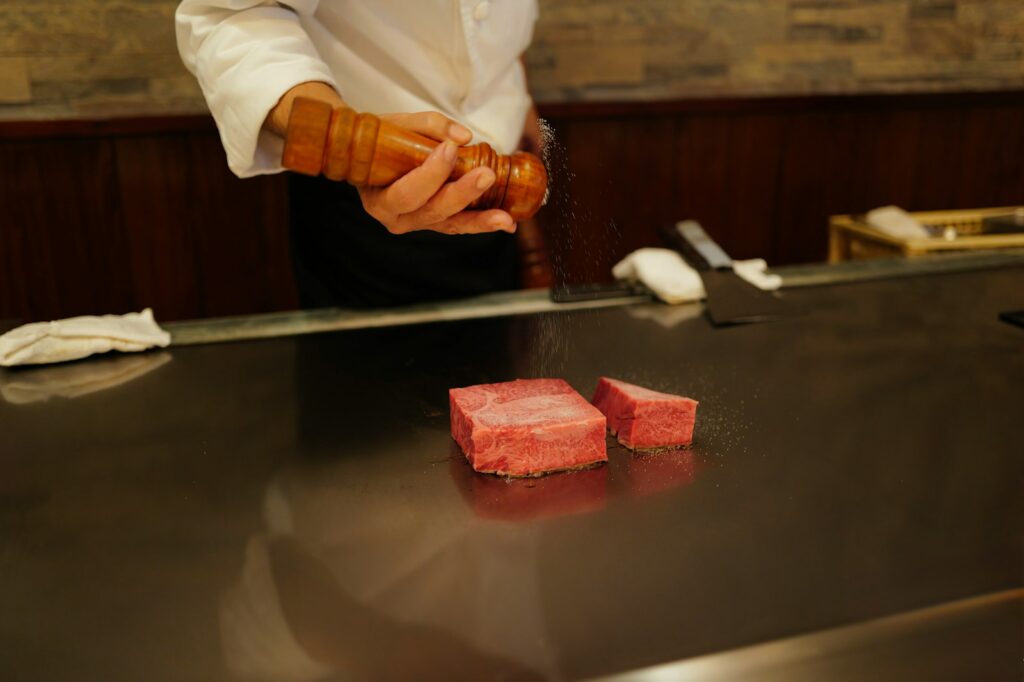
Salt works best when used at the right moment. Adding it too far in advance can draw out moisture, making the meat drier, while adding it too late may not give the seasoning enough time to penetrate. Ideally, you should season your steak about 40 minutes before cooking, which allows the salt to be absorbed and helps create a beautiful crust during searing. If you cannot plan ahead, then seasoning immediately before cooking is the next best option. Timing your seasoning properly ensures the steak is flavorful, tender, and perfectly textured.
3. Forgetting to Season Both Sides
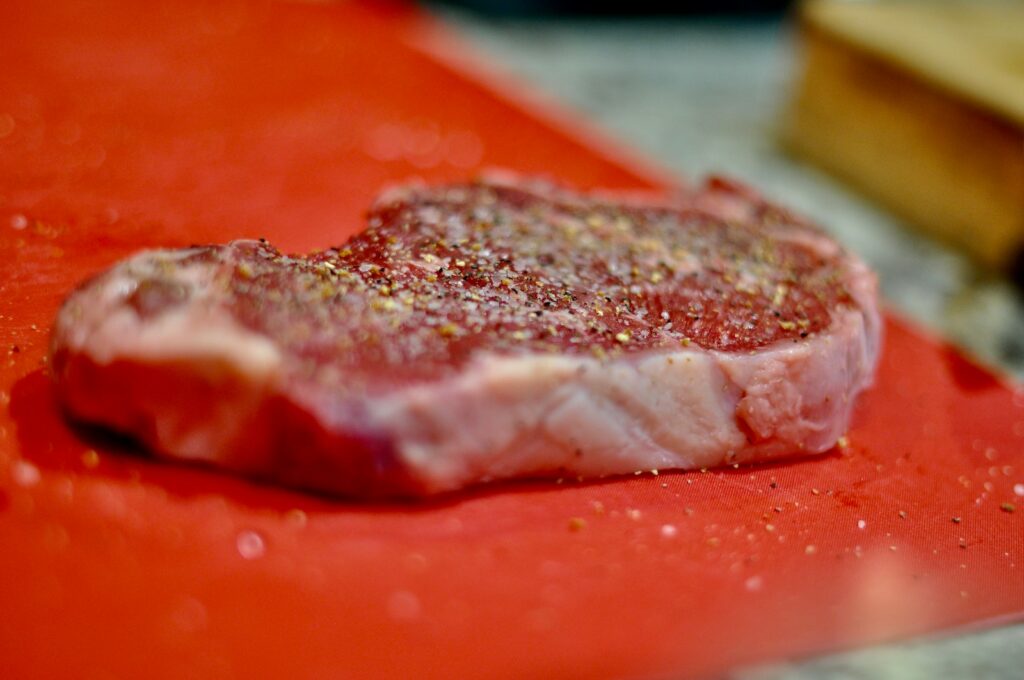
It may sound obvious, but forgetting to season both sides of the steak is surprisingly common. When only one side is seasoned, the flavor becomes uneven, leaving half the steak tasting bland compared to the other half. To avoid this, always flip the steak and apply the same care on the other side. Think of it as ensuring balance and fairness in every bite. Both sides of the steak should carry that rich, savory flavor, and taking just a few extra seconds to do this step makes a big difference.
4. Skipping the Edges
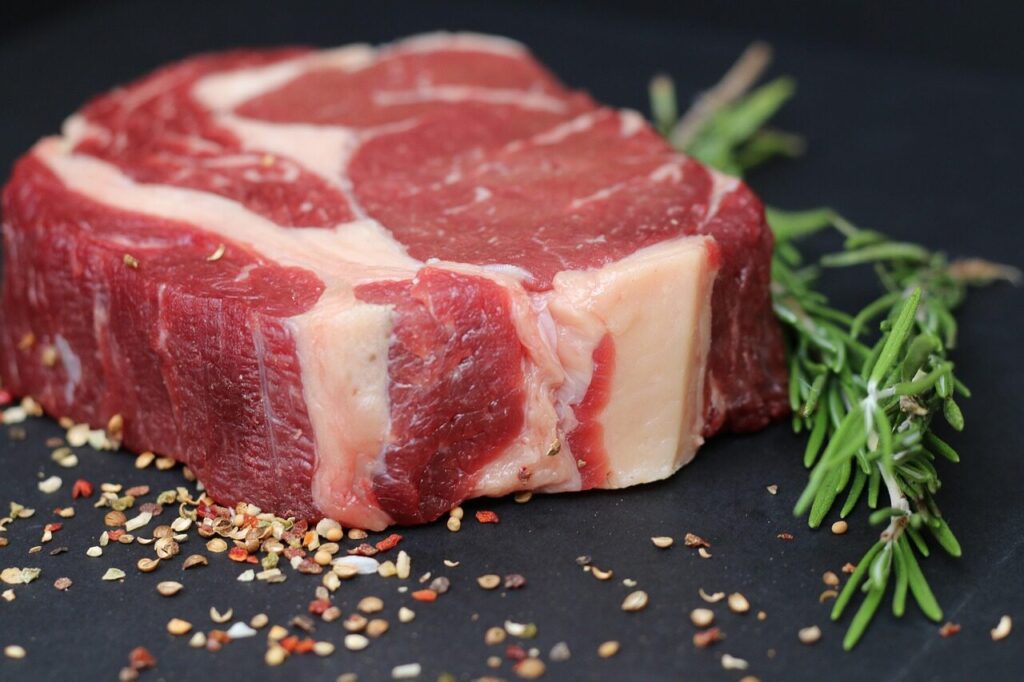
While most people season the top and bottom surfaces of the steak, they often forget the edges. The edges may not seem as important, but they contribute to the overall flavor, especially with thicker cuts. A steak is not just about its flat surfaces; those little bites around the edges matter too. Rolling the steak gently in seasoning or sprinkling along the sides ensures that every angle gets attention. This small step guarantees that no part of the steak tastes bland and that the overall eating experience feels complete and well-balanced.
5. Using Low-Quality Salt
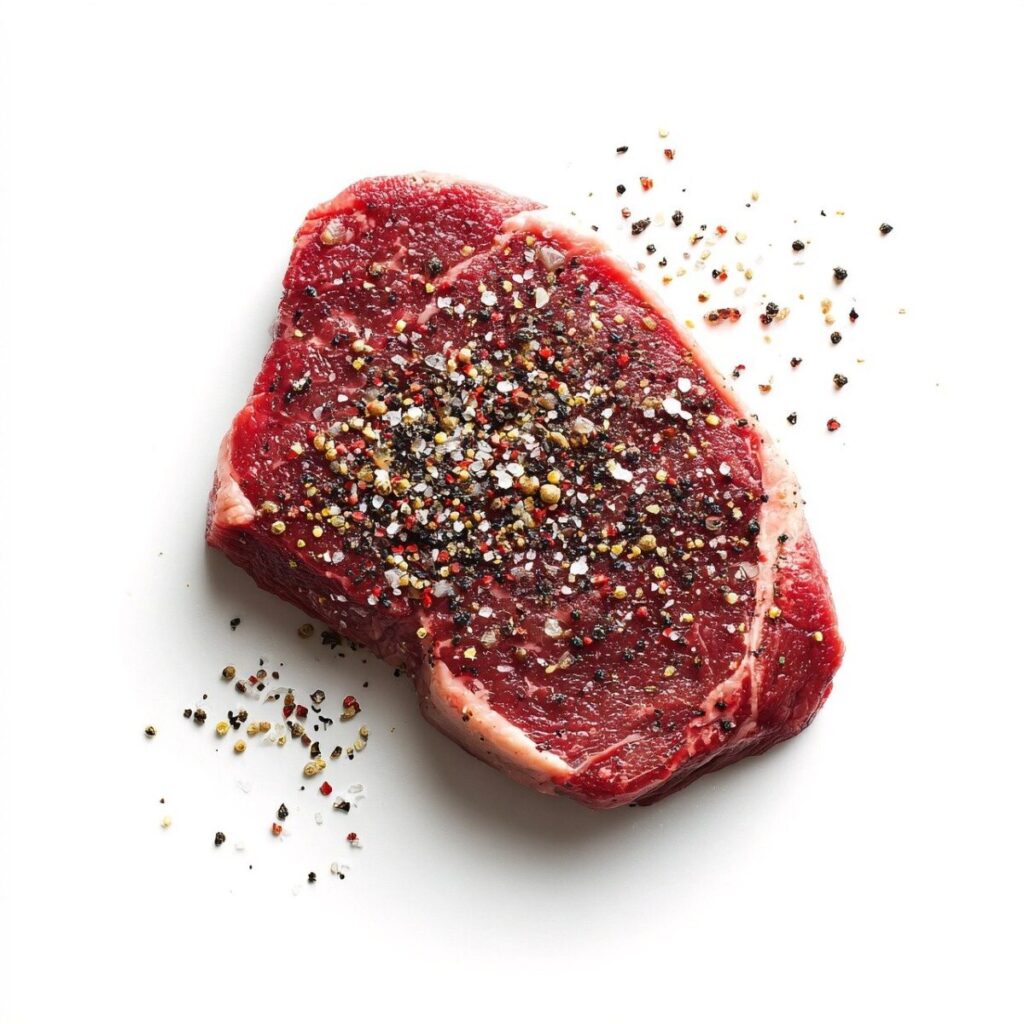
Not all salts are the same, and using the wrong type can negatively impact the steak. Table salt, with its fine grains, tends to clump and can easily lead to over-salting or uneven coverage. It also lacks the texture that helps create a delicious crust. Instead, using kosher salt or sea salt provides larger, more consistent crystals that distribute flavor more evenly and enhance the steak’s natural taste. High-quality salt makes seasoning easier and helps achieve that restaurant-style result. Choosing the right salt may seem small, but it has a big effect on the final flavor.
6. Relying Only on Salt
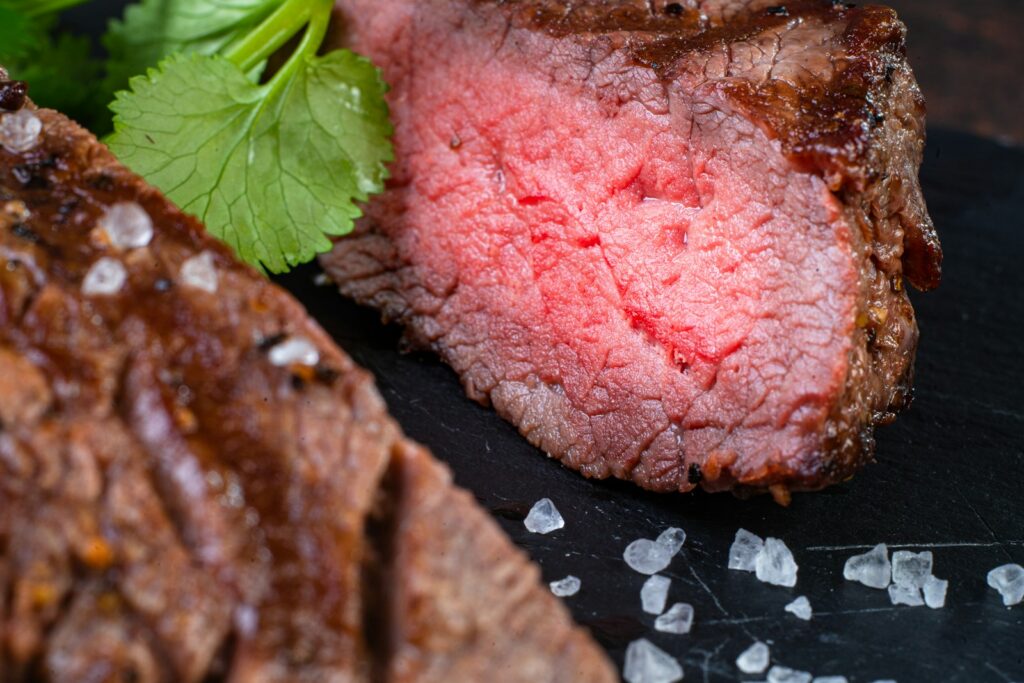
While salt is the foundation of good steak seasoning, relying solely on it can limit the depth of flavor. Pepper, garlic powder, smoked paprika, or fresh herbs can add subtle layers of complexity without overwhelming the meat. The goal is not to cover up the flavor of the steak but to enhance it with complementary seasonings. A touch of black pepper brings heat, while a sprinkle of herbs adds freshness. By experimenting lightly with flavors, you can elevate a simple steak into something more memorable, flavorful, and exciting without losing the essence of the meat.
7. Overcomplicating the Seasoning
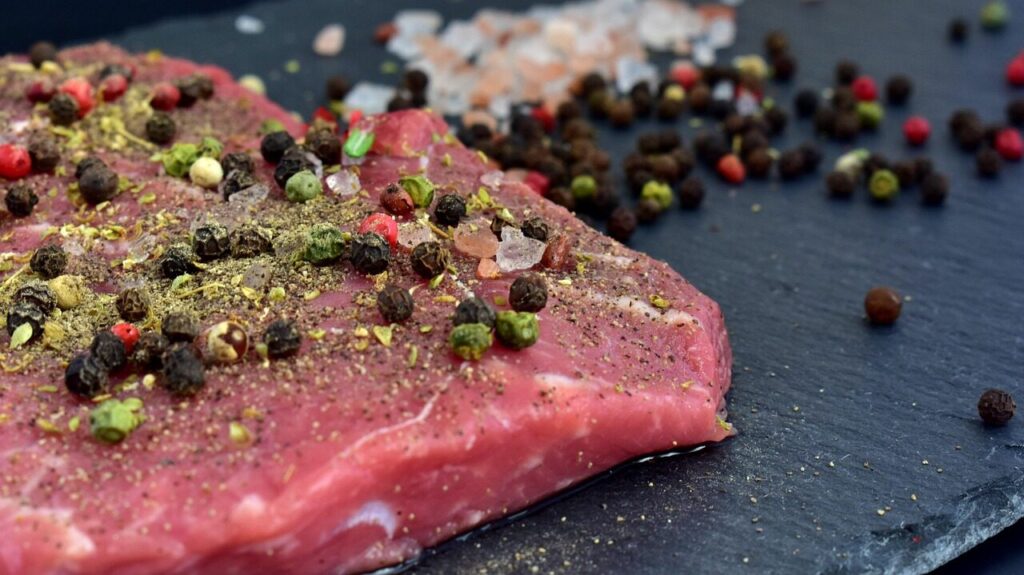
On the other hand, some cooks go overboard with spices and marinades, which can overpower the natural flavor of the steak. Too many seasonings can mask the richness of the meat, leaving it tasting more like the spice cabinet than the beef itself. A great steak shines with simplicity. A balance of salt, pepper, and perhaps one or two additional spices is often enough to achieve outstanding results. By keeping the seasoning simple, the natural juiciness and tenderness of the steak remain the star of the dish. Restraint often leads to a more enjoyable eating experience.
8. Not Patting the Steak Dry First
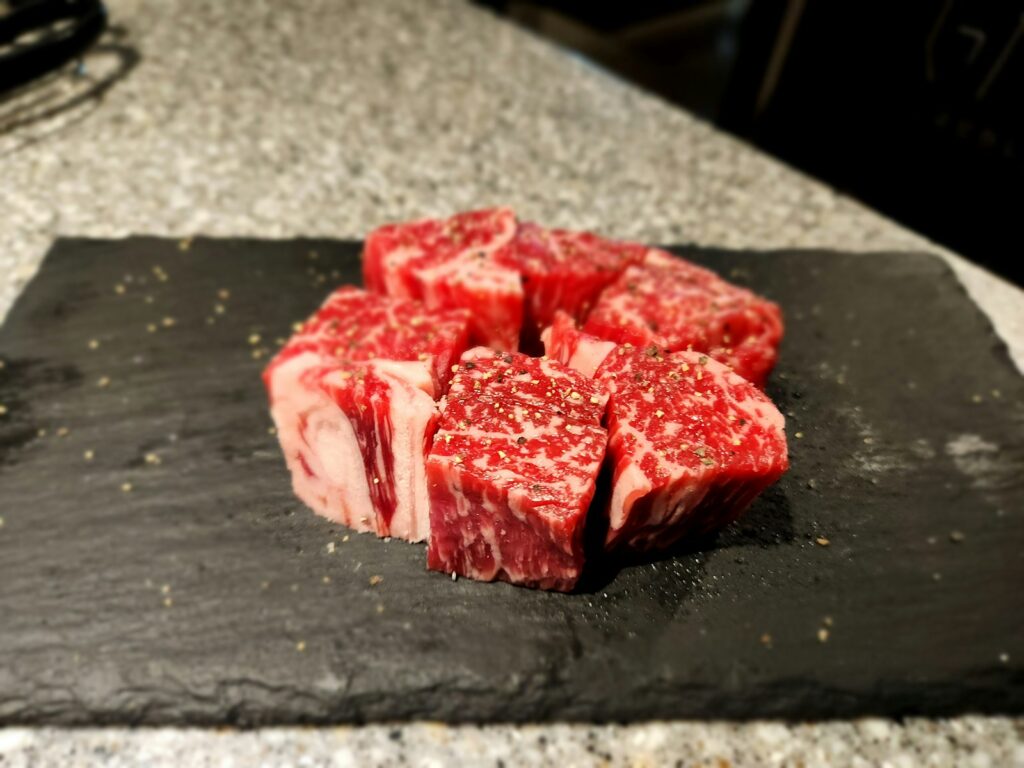
Moisture is the enemy of a good sear, and a steak that goes into the pan or grill wet will not develop the same flavorful crust. If the surface of the meat is damp, the seasoning does not stick well, and instead of searing, the steak will steam. Taking a moment to pat the steak dry with paper towels ensures that the seasoning adheres properly and the heat can create that desirable caramelized exterior. This small step is often overlooked, but it is crucial for achieving steak that is both flavorful and beautifully textured.
9. Seasoning Unevenly
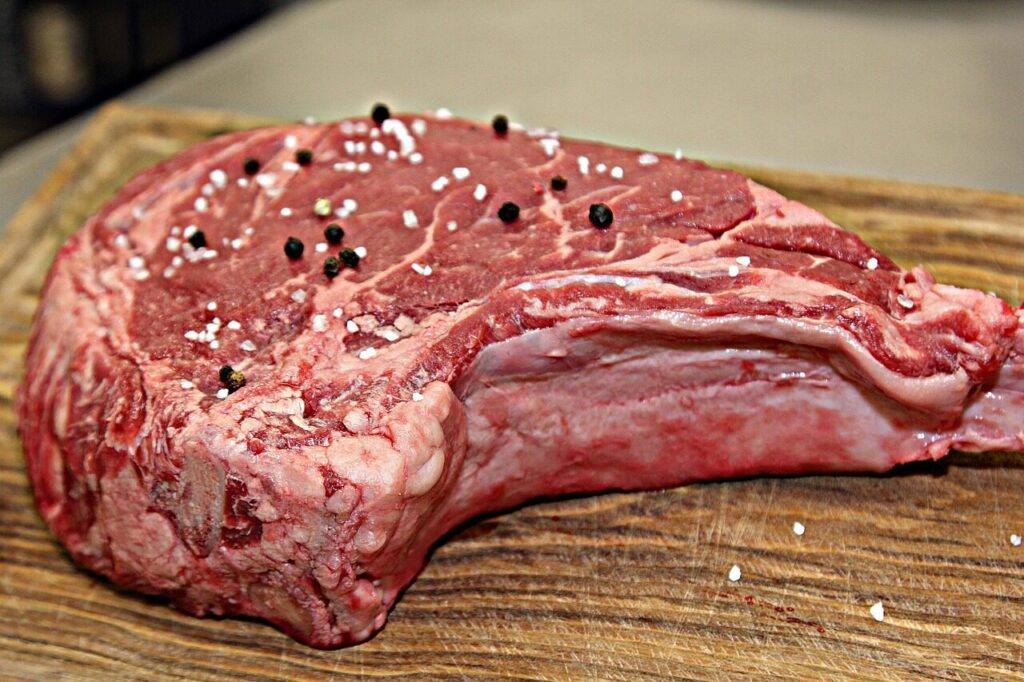
Even distribution of seasoning is essential to make sure every bite tastes equally good. Sprinkling seasoning too close or in clumps can result in some parts being overly salty while others remain bland. The trick is to hold your hand slightly above the steak and let the seasoning fall evenly across the surface. Think of it as creating a fine layer of flavor rather than dumping it in spots. This simple adjustment leads to a steak with consistent flavor throughout, making the eating experience far more enjoyable and professional in quality.
10. Forgetting to Rest After Cooking
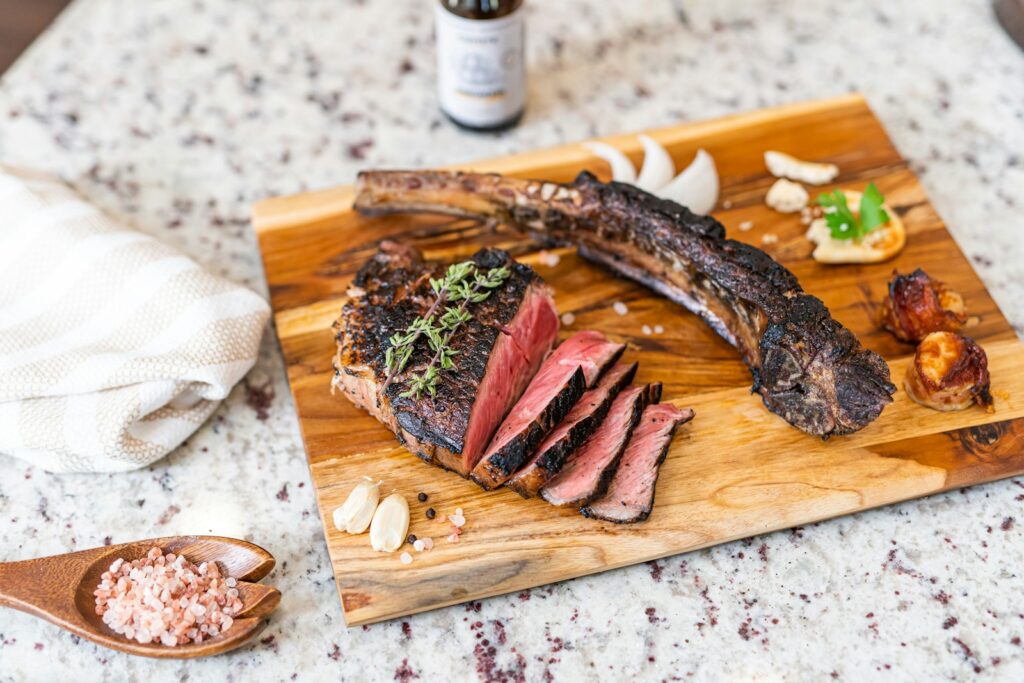
While resting might not seem like a seasoning step, it plays an important role in how flavors are experienced. Cutting into a steak immediately after cooking allows juices to run out, leaving the meat drier and less flavorful. Allowing the steak to rest for at least five minutes after cooking gives the juices time to redistribute throughout the meat. This helps the seasoning and natural flavors remain locked inside, resulting in a steak that is juicier and more delicious. Resting is the final but often overlooked step in seasoning success.
Comments